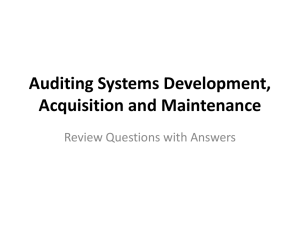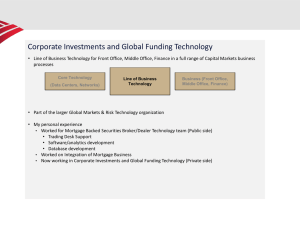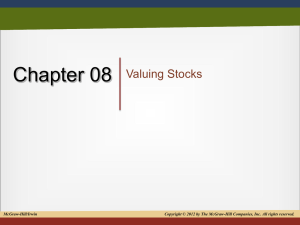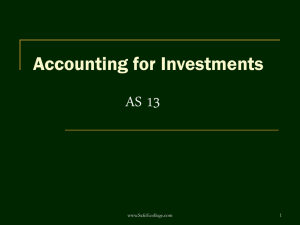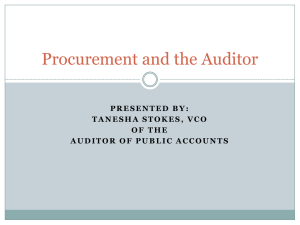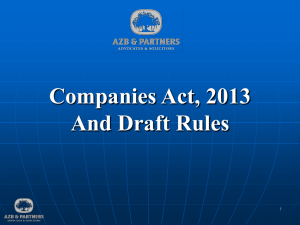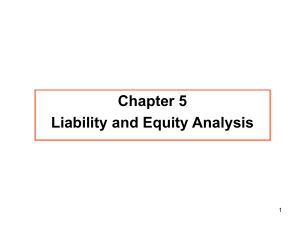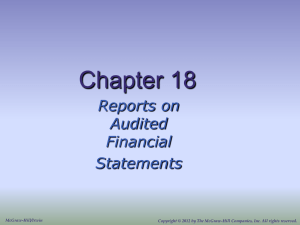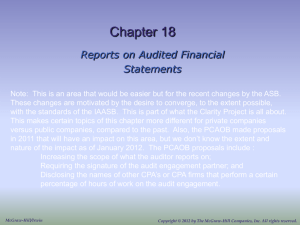Verificatio and valuation
advertisement
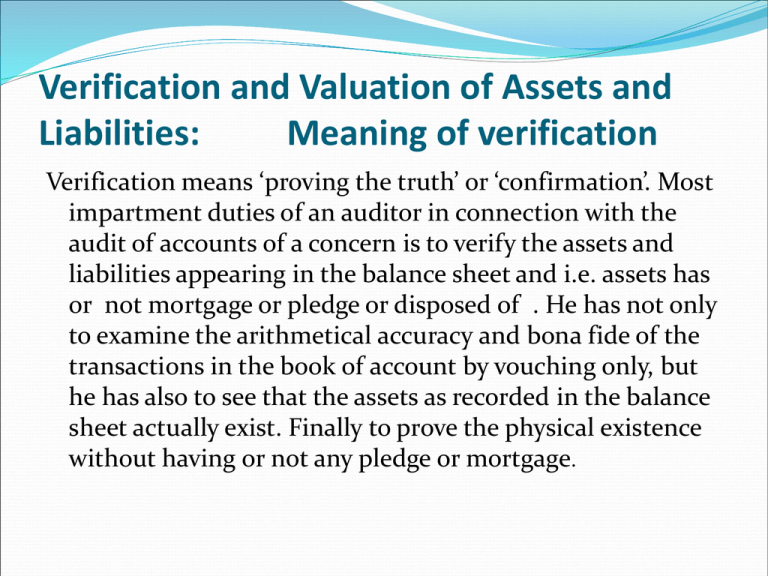
Verification and Valuation of Assets and Liabilities: Meaning of verification Verification means ‘proving the truth’ or ‘confirmation’. Most impartment duties of an auditor in connection with the audit of accounts of a concern is to verify the assets and liabilities appearing in the balance sheet and i.e. assets has or not mortgage or pledge or disposed of . He has not only to examine the arithmetical accuracy and bona fide of the transactions in the book of account by vouching only, but he has also to see that the assets as recorded in the balance sheet actually exist. Finally to prove the physical existence without having or not any pledge or mortgage. Significance of verification The most important duties of an auditor in connection with the audit of the accounts of a concern is to verify the assets and liabilities appearing in the balance sheet. The auditor should pay a surprise visit and actually count the cash in hand to prevent the cashier to borrow money and make up the deficiency which was due to embezzlement in the past. To prevent the fraud, the auditor will do well to get a certificate regarding the balance at the bank directly from the bank. If the land or property has been mortgage, the auditor should examine the mortgage deed and find out whether the mortgage is properly executed in favor of his client. If the liabilities are overstated or understated the balance sheet shall not represent a true and fair view of the state of affairs of the company. So verification is required to present company’s true and fair information. Way of verification of Assets 1. 2. 3. 4. 5. Comparing the ledger accounts with the balance sheet. Verifying the existence of the assets on the date of the balance sheet. Satisfying that they are free from any charge or mortgage. Verifying their proper value Assets were acquired for the business not for any individuals. Problem in the verification of assets It is not possible for an auditor to inspect each and every assets, e.g., stock. The auditor does not verify any books of account or any document which he was not required to examine and if consequently his client suffer any loss. It may not be for the auditors to visit the branch, because the branch should be instructed to deposit the cash in the bank on the balance sheet date. An auditor is to verify the existence of assets stated in the balance sheet and he will be for any damage suffered by the client if he fails in his duty. Valuation of assets and Liabilities Valuation means to conform that all assets are shown in the balance sheet with their proper book value. Proper book value means All assets should be shown with its cost price but estimated depreciation must be deducted from that. The accuracy of the balance sheet and the estimated profits of a concern depend upon the correct valuation of the assets and Liabilities and it is made by owner or accountant. Auditor has simply to apply test to prove the correctness of that valuation. Finally valuation of assets and liabilities means to present actual figure after deducting all required. Problems in the valuation of assets The term estimated is the main problem of valuation. Replacement value or Realizable value would be considered to valuation of assets is another problem. What would be the scrape value or breakup value ? Answer is difficult because it is estimated. So, Assets are valued after taking into consideration following five factors: a) their original cost b) The estimated working life of the assets c)the wear and tear of the assets d) breakup value of the assets and e)the chances of the assets becoming obsolete. Mode of valuation of fixed assets Fixed assets are to be valued at original or historical cost less total depreciation written off up to the date of the balance sheet. They are valued at what is known as a “going concern value” or “conventional value” or “token value”. The reasons for their principle are that these assets are acquired for running the business and not for the purpose of resale. No notice is taken of any fluctuation in their price as the fluctuation does not effect the earning capacity of the assets of the business. They are not valued at the saleable value. As mentioned above, current replacement or realizable value is not taken into account while valuing the fixed assets. Therefore; they should not be valued at the price they would fetch(obtain) at the date of balance sheet, if they are sold. Floating assets or current assets and the mode of their valuation Floating assets are those which are acquired for resale or produced for the purpose of sale or converting them into cash, e.g., bills receivable, etc. They are either or acquired cash or acquired with a view to converting them into cash. They should never be valued at more than their original cost as it would mean taking into consideration a fictitious profit to the date of the balance sheet because they have not been sold as yet. Moreover, it is possible that later on when they are sold; the market price may be lower. In the valuation of the floating assets we do, take into consideration the market fluctuation. Intangible assets Intangible assets are those assets which cannot be seen or touched but it has sales value. e.g. , goodwill, copyright, patents, trademarks. Normally it is valued at the time of sale of business. In his examination of such assets , the auditor should determine the following 1. Basis of originally valued;the reasonableness and adequacy of the amortization program or the write-off procedure. 2. Fair and adequate balance sheet presentation 3. The accuracy, completeness and proper control of the income arising from the ownership of such an assets as leasehold and patents. 4. He must see that such assets are shown properly and fairly in the financial statement and follow the GAAP to record. 5.The basis on which such assets were originally valued. And, they should be shown separately Valuation of tangible assets 1. They should be shown at cost price unless they had been acquired in a non cash transaction in which case they must be shown at fair market price. 2. They are the least liquid of all assets since most of them are unsaleable unless the business or a part of it is sold. Verification of liabilities If the liabilities are overstated or understated the balance sheet shall not represent a true and fair view of the state of affairs of the company. Similarly the profit and loss account will be incorrect. 1. 2. Capital: Although capital is not the liability of a company, still it should be verified to enable an auditor to give a certificate in regard to the correctness of the balance sheet. The auditor should examine cash book, pass book and minute book to find out the number and different classes of share issued. Outstanding expenses: The auditor should get a certificate from a responsible official to see that all expenses for the current year are included and that the payment for each expenses such as interest, discounts, salaries, wages, legal expenses, which have not been paid are included. Verification of liabilities (Continued) Trade creditor: The auditor should ask for a schedule of the creditors and check it with the purchase ledger which in its turn may be checked with the books of original entry with the purchase invoices, credit notes, goods inward book, return outward book, bills payable book, cash book etc. Loans: If interest on the loan has not been paid, he should see that it is shown as a liability. If loan has been secured by mortgaging any property, it should be indicated in the balance sheet.
